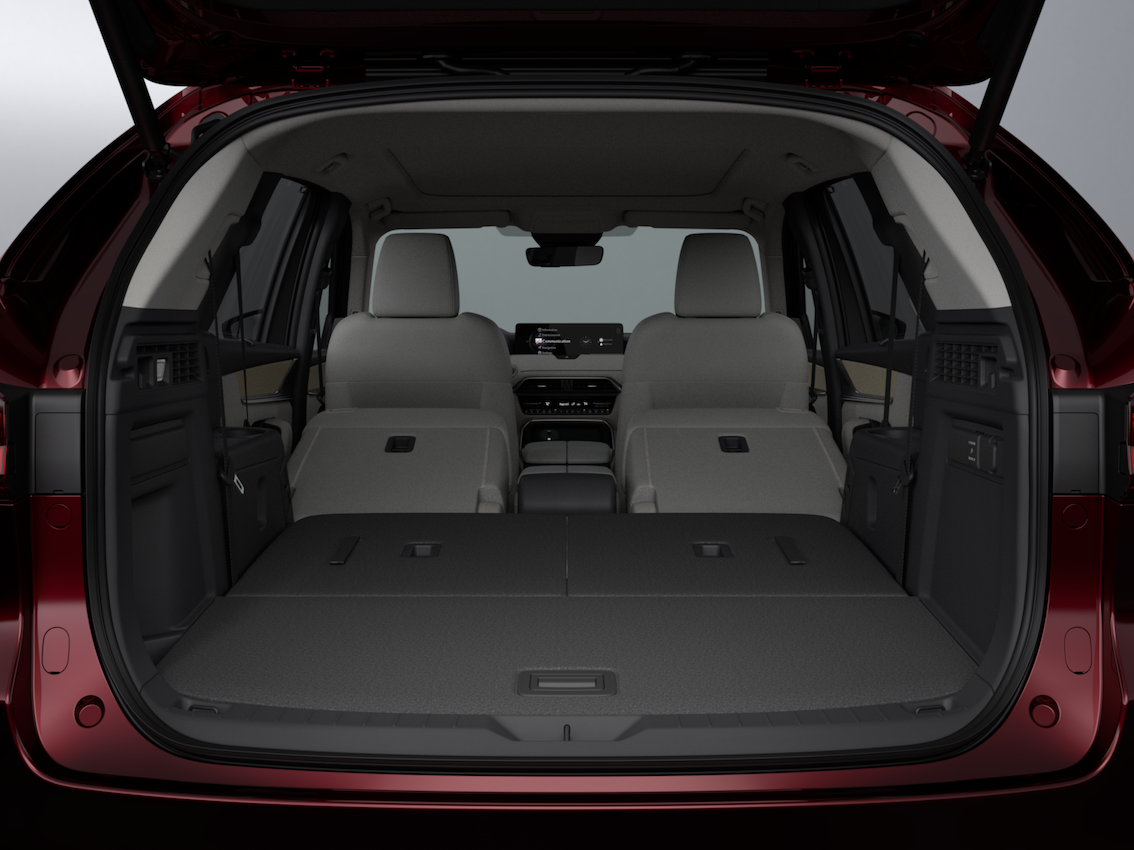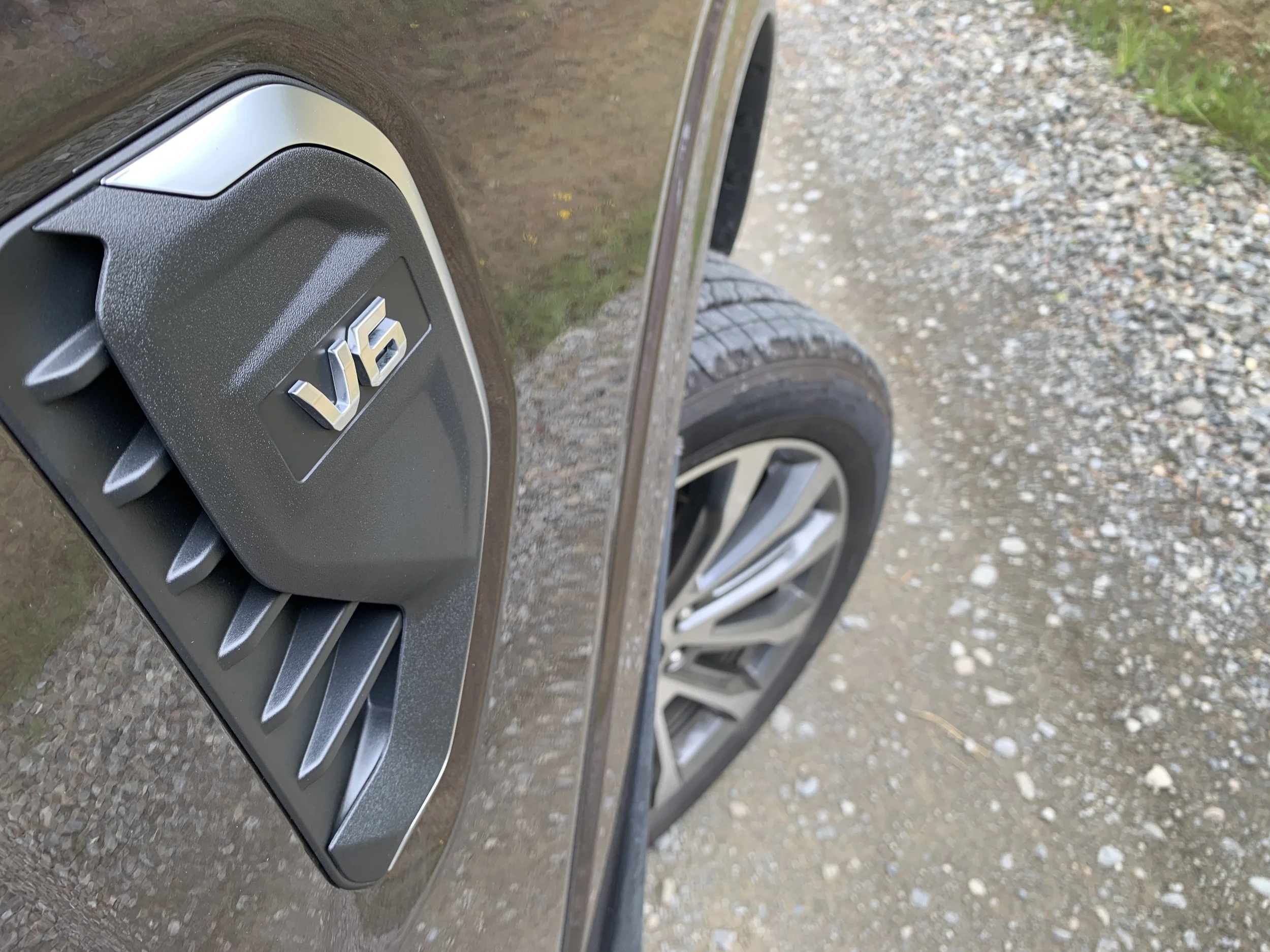CX-90 hits for six for engine choice and luxury
/Mazda’s new flagship sports utility wagon delivers showboat appeal
THE model that introduces Mazda’s new longitudinal-engine architecture and also reaches higher into the luxury band has unveiled.
No comment has yet come from Mazda New Zealand to specify a landing time for the CX-90, a large seven-seater on a new underpinning - which the company simply calls "Large Platform” – that establishes as the largest and most expensive sports utility wagon Hiroshima has made.
However, the most significant other regional market, Australia, is saying it will see the model before year-end. Also, Mazda NZ is already accepting registrations of interest on its website.
The primary market for CX-90 is North America; hence why the global launch which kicked off today is in Florida.
The car’s role there is to replace the seven-year-old, front- or all-wheel-drive CX-9 as Mazda's flagship SUV. There’s no expectation it’ll be any different in NZ.
CX-90 is the largest of a family of new impending CX models. It has three rows of seats and a ‘wide-body’ design suited for North America. Mazda also intends a two-row, wide-body CX-70, but that’s not for our market.
The smaller alternate to CX-90 here will be the two-row, five-seat CX-60, which has the same powertrains and will format in two and four-wheel-drive.
CX-60 could well precede CX-90 to market here. Mazda NZ is taking several New Zealand journalists to Japan soon to experience that car.
In its North American formats, CX-90 offers with six or seven seats, standard all-wheel drive with a rearward bias, and a choice of turbocharged inline six-cylinder mild-hybrid petrol, or plug-in hybrid power.
In US spec the turbocharged 3.3-litre inline petrol six with 253kW and 500Nm of torque that also includes a 48-volt hybrid system. There's also a plug-in-hybrid setup that produces 241kW and 500Nm with a 2.5-litre inline-four petrol engine and a 17.8-kWh battery pack.
The Drive.com.au website reports Australian buyers will be given a choice between the six-cylinder petrol engine, and a turbocharged inline six-cylinder diesel engine, shared with CX-60. Whether that’s the case in NZ remains unknown.
A new eight-speed automatic is standard with both powertrains. It is unconventional in that it swaps out a torque converter for a multi-plate wet-clutch setup.
Mazda has promised the six-cylinder will provide better fuel economy than the CX-9's four-cylinder, in US tests, thanks to its hybrid system.
In that model and the PHEV, the electric motor is sandwiched between the engine and the transmission, but the plug-in has a more powerful electric motor and its battery pack is expected to provide somewhere between 40-50 kilometres’ of electric range, though Mazda has yet to be specific.
The interior treatments are plush. The US market models have fabric dashboard trim, intricate stitching, light-coloured wood trim and soft leather.
The seating count comes down to how the second row is configured. It’s offered either as a three-person bench, as two individual captain's chairs with a pass-through in the middle, or as captain's chairs with a fixed console between them. As is the norm, the the rearmost seats fold flat into the floor to expand the cargo area.





















